Early ElectroMIX is a series to document the history of experimental Electronic music from the 50s to the 80s, composers making use of electronic instruments, test equipment, generators of synthetic signals and sounds, tape manipulations… to analog synthesizers…
While our sessions document those who make it today my desire is to transmit some pioneering works which paved the way to what we try to create.
Philippe Petit / October 2025.
Recorded for our series available on the platform
https://modular-station.com/modulisme/early-electromix/
Tracklist:
Tera De Marez Oyens – Safed (1967 / Composer’s Voice ) 00:00 > 07:16
Pierre Schaeffer — Le Trièdre Fertile (1978 / Philips) 06:43 > 17:46
Thorkell Sigurbjörnsson – La Jolla Good Friday I (1981 / CP2) 17:02 > 26:16
Rodolfo Caesar – Les Deux Saisons (1976 / Private Release) 25:55 > 32:30
George Todd – Satans Sermon I & II (1980 / Composers Recordings Inc.) 32:03 > 46:04
Martin Wesley-Smith – Media Music 2 (1973 / York Electronic Studios) 45:19 > 58:40
Trevor Wishart – Machine (complete) (1973 / York Electronic Studios) 58:38 > 01:58:04
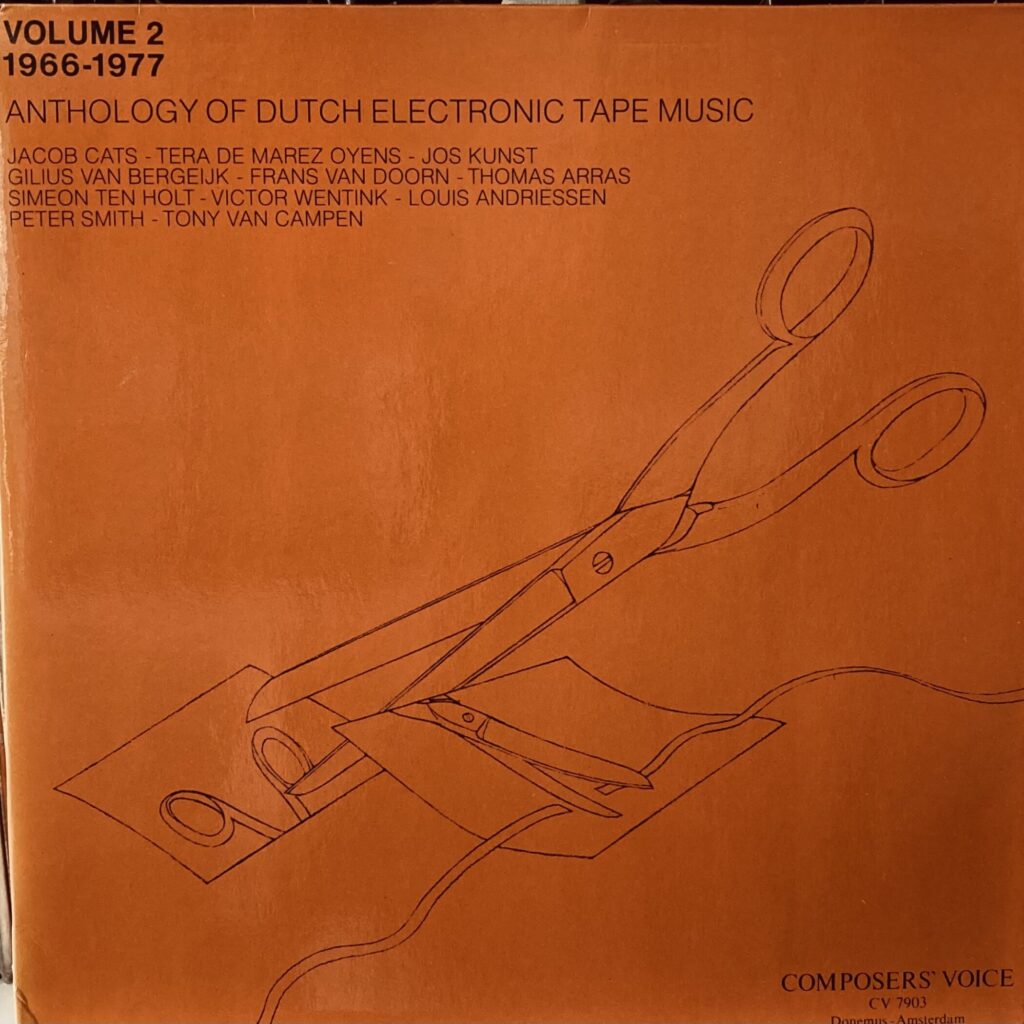
Tera De Marez Oyens – Safed (1967 / Composer’s Voice )
Back in the mid 60’s Tera De Marez Oyens was the best known Dutch woman composer and also one of the most versatile among her colleagues, female and male alike. She completed her student career at the age of 20 at the Amsterdam Conservatory where she studied piano, harpsichord, violin + conducting, as well as composition and orchestration.
Subsequently she studied electronic music with Gottfried Koenig at the Utrecht Institute of Sonology.
« Safed », after which the present work is named, is a historic town in the northern mountains of Ìsrael overlooking the sea of Galilee. It has for centuries been the centre of Kabbala, and it is the site of the graves of some of the leading minds of that Jewish mystical learning.
Enchanted by its mystique, the composer senses its connection with Jewish martyrology and the Destruction of the Temple. Mystique intertwines with lamentation and suffering, but also with redeeming sounds of the new living community.
In this work the composer has actually applied some patterns of kabbalistic numerology to rhythms and frequencies of sound motifs.
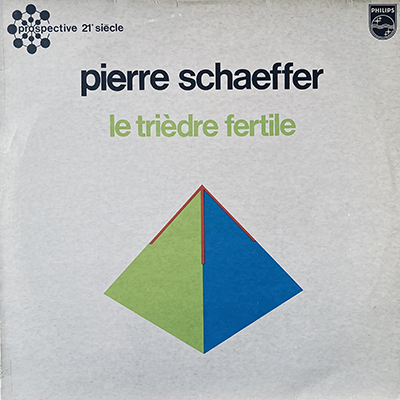
Pierre Schaeffer — Le Trièdre Fertile (1978 / Philips)
French professor, music theorist, writer, and composer, recognized for being the originator of concrete music and experimental radio broadcasting (aside Abraham Moles, unfairly often forgotten).
Pierre Schaeffer, who joined the French Broadcasting Corporation in 1935, founded the Studio d’essai in 1943, a precursor to Jean Tardieu’s famous Club d’essai in 1946, dedicated to training and experimentation in radio broadcasting.
These were short but formative years for French broadcasting and radio production.
In 1944, Schaeffer put radio at the service of the Resistance. The Liberation of Paris prompted the small team to leave their attic room on Rue de l’Université and grapple with reality. We hear journalist and resistance fighter Pierre Crénesse commenting on life on the streets during the war, in some of the most powerful sequences from a fledgling radio station that only broadcast a few hours a day. Clandestinely, at night, Schaeffer recorded the poets of the resistance: Camus, Lescure, Eluard… He broadcast messages and composers banned by the Germans. He also prepared programs for the post-war period, hiding the records at his family members’ homes. The Studio d’essai became one of the major voices of the liberation.
Then, in 1948, he defined concrete music as “a collage and assemblage on magnetic tape of pre-recorded sounds from various concrete sound materials” a definition he illustrated with his “Concert de bruits” (1948).
He composed the “Symphonie pour un homme seul” (Symphony for a Single Man) (1950) in collaboration with Pierre Henry, followed by the concrete opera “Orphée” in 1953.
In 1951, he founded the Groupe de musique concrète (Concrete Music Group) within the French Broadcasting Corporation, which became the Groupe de recherches musicales (GRM) in 1958.
Firstly, it is worth remembering that in spatial geometry, a trihedron is defined by three planes.
The auditory sensation of sound (or sound intensity) depends on the frequency spectrum, duration, and above all, the intensity of the sound.
For Schaeffer, the acoustic trihedron therefore comprises: intensity, duration, and frequency.
This « Fertile Triangle » album was only composed from synthetic sounds, developed by Bernard Dürr. It is Pierre Schaeffer’s only purely electronic music work. Here, the synthesizer is rather monitored by sensitivity than by computation principles. He took care to examine the synthesizer with the stethoscope of sensitivity rather than with a slide rule. The electronic instrument delivers ready-made “structures”, like electro-acoustic which provided raw objects. The key is to choose them after provoking them, to assemble them after hearing them with a triple ear (“Trièdre”) which is also rhythmic, melodic, harmonic…
The work therefore lends itself to both a new way of listening and to classical music listening. Seven movements are arranged like those of a suite, intertwining constraints and fantasy.
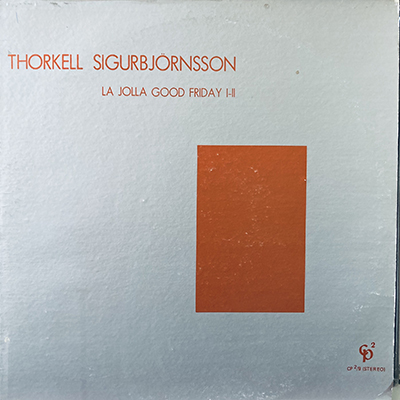
Thorkell Sigurbjörnsson – La Jolla Good Friday I (1981 / CP2)
Thorkell Sigurbjörnsson graduated from Reykjavík High School in 1957. He then moved to the United States to study at Hamline University in Minnesota, ultimately graduating in 1961 from the University of Illinois at Urbana–Champaign. Among his teachers there were Lejaren Hiller and Kenneth Gaburo. He returned to Iceland in 1962, and hosted a regular radio show on RÚV for many years. He taught piano, musicology, and music history at the Reykjavík College of Music for many years. He was also chair of the Icelandic Composers’ Society from 1983 to 1987, sat for a time on the board of the Association of Icelandic Musicians and was president of the Association of Icelandic Artists from 1982 to 1986.
He died in Kópavogur in 2013, and is best known for composing music (in 1973) for the 13th-century Icelandic hymn, Heyr, himna smiður.
In 1975 he was invited at the Center for Music Experiment at the University of California San Diego, and met again Kenneth Gaburo and soon found other kindred spirits in new acquaintances. There was Warren Burt who, in between emitting strange sounds, was untiring in revealing some secret patches….
« There at La Jolla, on Good Friday, everyone had left the center for Easter vacation. I should be returning home in four days. Sitting there, all alone, admiring all the paraphernalia from the computer to the 4-channel tape recorder, all my grand plans about how I was going to use the day slowly disintegrated. They were replaced by something else: mysterious and beautiful harmonies filled my head. They came and they went. I was in tune with Kepler! A true and wondrous inspiration!
However, I soon discovered its source. It was not of divine origin. Outside the studio doors, an old janitor was just using the opportunity, when nobody was around, to wax the floors with his machine. They were creating this din. What followed can be heard on this recording… »
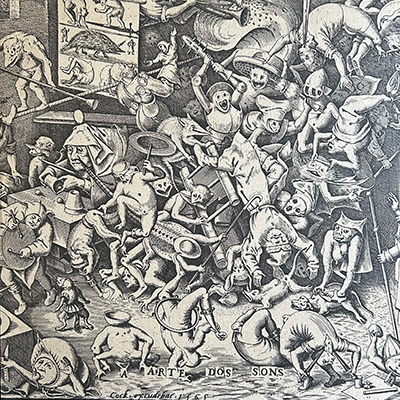
Rodolfo Caesar – Les Deux Saisons (1976 / Private Release)
Brazilian electroacoustic music composer Rodolfo Caesar was born in Rio de Janeiro in 1950. He moved to France in 1973 to study with Pierre Schaeffer at Conservatoire National Supérieur de Musique in Paris and work at the GRM.
Back in Brazil in the 1980s, he founded his own studio named Estudio da Gloria (Glory Studio) in Rio. Caesar composed for dance, video, film and theater, worked as a radio producer and teacher at UFRJ school of music.
Unfortunately extremely rare, the « A Arte Dos Sons » LP (or The Art of Sounds) collects 3 uncompromising electroacoustic endeavors composed during Caesar’s stay at GRM in 1973-76.
A MUST-HAVE which hopefully could be reissued someday…
« Les Deux Saisons » start like a welcome pause, however, as the piece progresses, it accumulates energy and sharpness until it sounds like precision diamond shaping between your ears– which is not that relaxing…
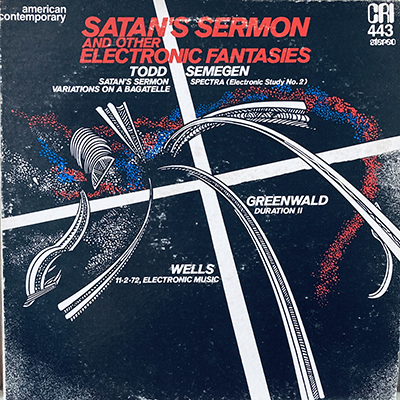
George Todd – Satans Sermon I & II (1980 / Composers Recordings Inc.)
George B. Todd earned an MBA at Stanford and an M.F.A. at Princeton, where he began his lifelong interest in electro-acoustic music. He joined the faculty at Middlebury in 1965, becoming an assistant professor in 1967, associate professor with tenure in 1971, and full professor in 1977. He established the Middlebury Electroacoustic Studio in 1970 and was the director of it for years. He released several albums of his own electronic compositions and composed many pieces for performances, I discovered his work on a joint release with Barry Schrader, released on Opus One records, another recommended piece of vinyl.
When the synclavier, an early digital synthesizer, began to be produced in Norwich, Vermont, it became an important part of his work.
« Satan’s Sermon » was composed in the Bregman Electronic Studio at Dartmouth College. The sounds were produced on a Synclavier, a real-time music system driven by an Able 40 computer.
This extraordinary instrument was developed by Jon Appleton, Director of the Bregman studio, and Sydney Alonso and Cameron Jones, directors of New England Digital of Norwich, Vermont.
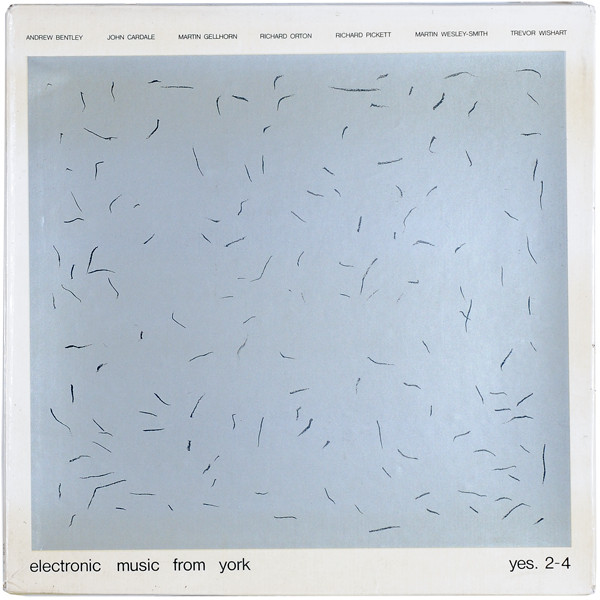
Martin Wesley-Smith – Media Music 2 (1973 / York Electronic Studios)
Trevor Wishart – Machine (complete) (1973 / York Electronic Studios)
The remaining 2 pieces come from the superb 3LP Box « Electronic Music From York » whose director Richard Orton decided to press 100 copies to promote the studio and its composers.
Born in Adelaide in 1945, Martin Wesley-Smith taught composition and electronic music at the Sydney Conservatorium of Music, where he founded and directed its Electronic Music Studio. He founded the electronic music and audio-visual performing collective Watt (1976-1998), which presented a regular series of concerts in Sydney. He was Musical Director of TREE, a group whose final environmental event at Wattamolla Beach in Sydney’s Royal National Park in 1983 attracted more than ten thousand people.
I composed « Media Music » mainly from sounds that we normally try to exclude in our listening, sounds produced extraneously by such devices as radio and TV sets, telephones and tape recorders. I was interested in treating them not as unwanted by-products of communication machines but as legitimate, potentially-meaningful sounds in their own right, in giving them a life of their own. It is as if our media were making their own attempts at communication. « Media Music » does not transmit a message, but is meant to act as a channel from which various messages may be selected, and as a trigger to stimulate the listener’s imagination. No one interpretation is more correct than another. The various ambiguous sounds and situations indicate alternative paths the listener can follow.
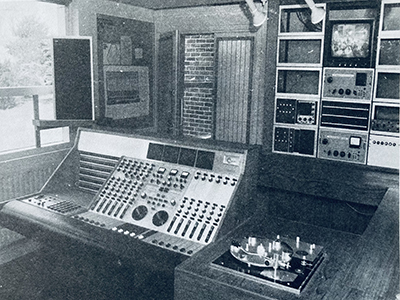
Trevor Wishart was born in 1946, in Leeds, England. He has been very active, since the early 1970s in the area of electro-acoustic music (first with tape manipulation, later with computer pieces) and musical theatre pieces.
In 1973 he did his doctorate dissertation at the University of York (musical composition) and when « Machine » was completed only had a few works incl. his superb « Journey Into Space » double LP which predated coming works from Negativland and other interested in manipulating samples and voice techniques…
« Machine », an electronically-preserved dream is a first attempt to integrate musical documentary and radiophonic approaches to the organisation of sound on tape. Work on the piece began with the collection of machinery-sounds in power-stationsand factories in Nottingham and Leeds, using a portable tape-recorder. Further source-material was generated through the 3 open-form compositions MACHINE 1, MACHINE 2 and MACHINE 3.
For MACHINE 1, over 200 quotations on the subject of machines were collected from sources as diverse as 19th century factory acts, books on Industrial Sociology and the Theory of Self-Reproducing Automata. These were compiled into a list. Next 3 further lists were compiled based on the words MACHINE, MECHANICAL (MECHANISM), and AUTOMATIC, using many words similar in sound to these basic words. From a large group of ‘performers’, 1 in 4 was chosen to read quotations while the remainder read from the word-lists. Everyone was dispersed over a large area and read simultaneously whilst ‘overheard ‘ by 2 wandering microphonists. Furthermore 2 ‘controllers ‘ were able to modify the overall sounds of the performers by displaying instructions such as ‘LOUDER’, ‘CHANT’, ‘SHOUT’ and so on.
For MACHINE 2, one (at a time) of the collected machine sounds was played to a choir which was given the general instruction to imitate the sound and to then VERY GRADUALLY diverge from it.
For MACHINE 3, lists of words containing sybillants were compiled and divided into 3 groups. The words were whispered by 3 performers, interacting with a noise-generator with variable level, colour, reverberation, and a tape of a power-station stream outlet.
From the recordings of these 3 source-pieces, material was chosen for use in the composition of the tape ‘MACHINE’. Further sources included, in particular, MACHINE 4, produced by various degrees of splicing, and random recombination of the pieces, of the word ‘Machine ‘. Recordings of the Apollo-12 launch, the sea, radio noise and signals, an air-raid, a holiday-advertisement, a Palestrina mass (modified and reconstituted) and many other sources were also used.
The tape was composed with both musical and dramatic-narrative-ideational considerations in mind, and was realised using primarily the basic operations of mixing (of which there is a very great deal) and editing.
The initial recording in factories was begun in June 1969, and the piece completed in October, 1971.